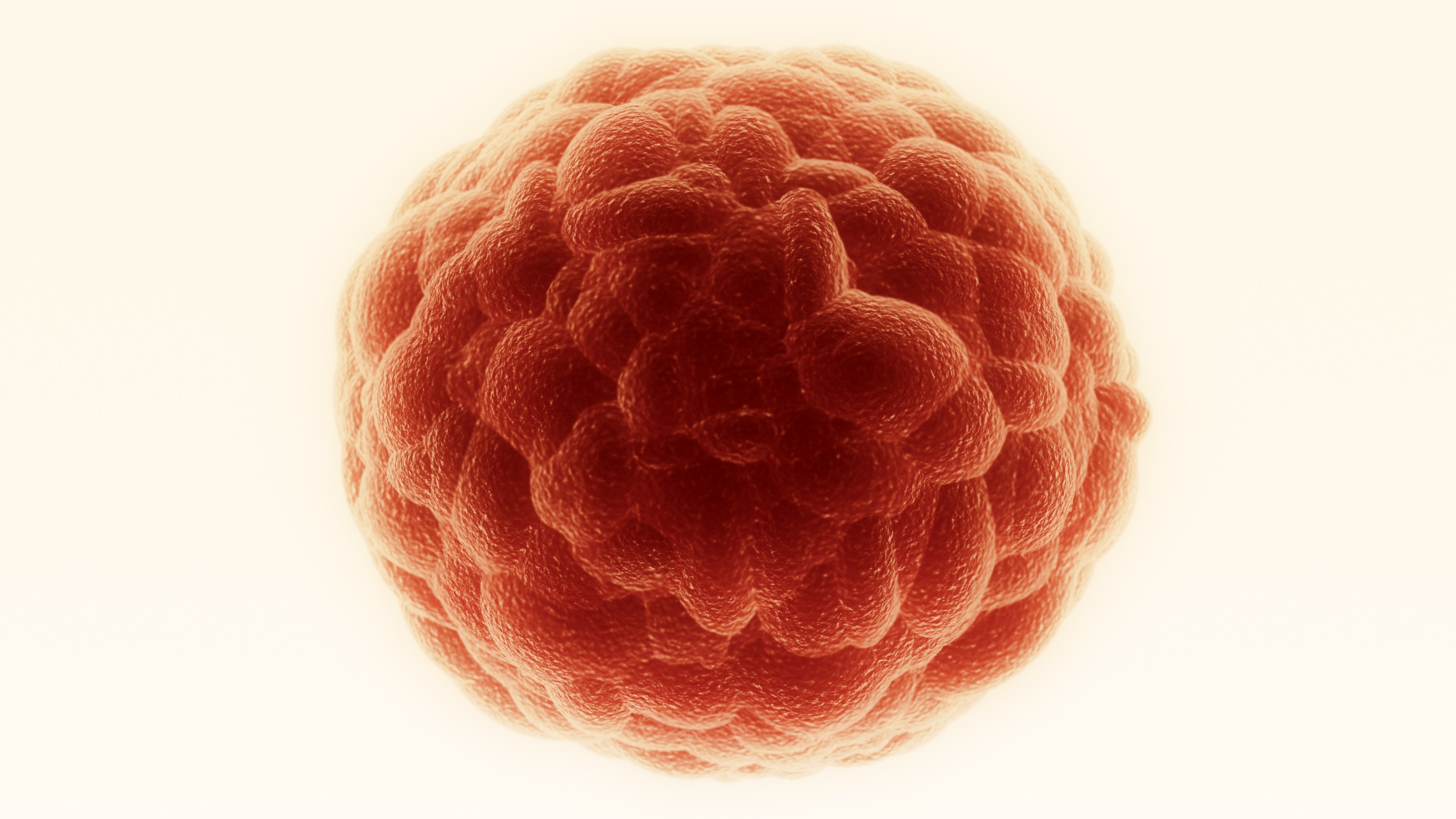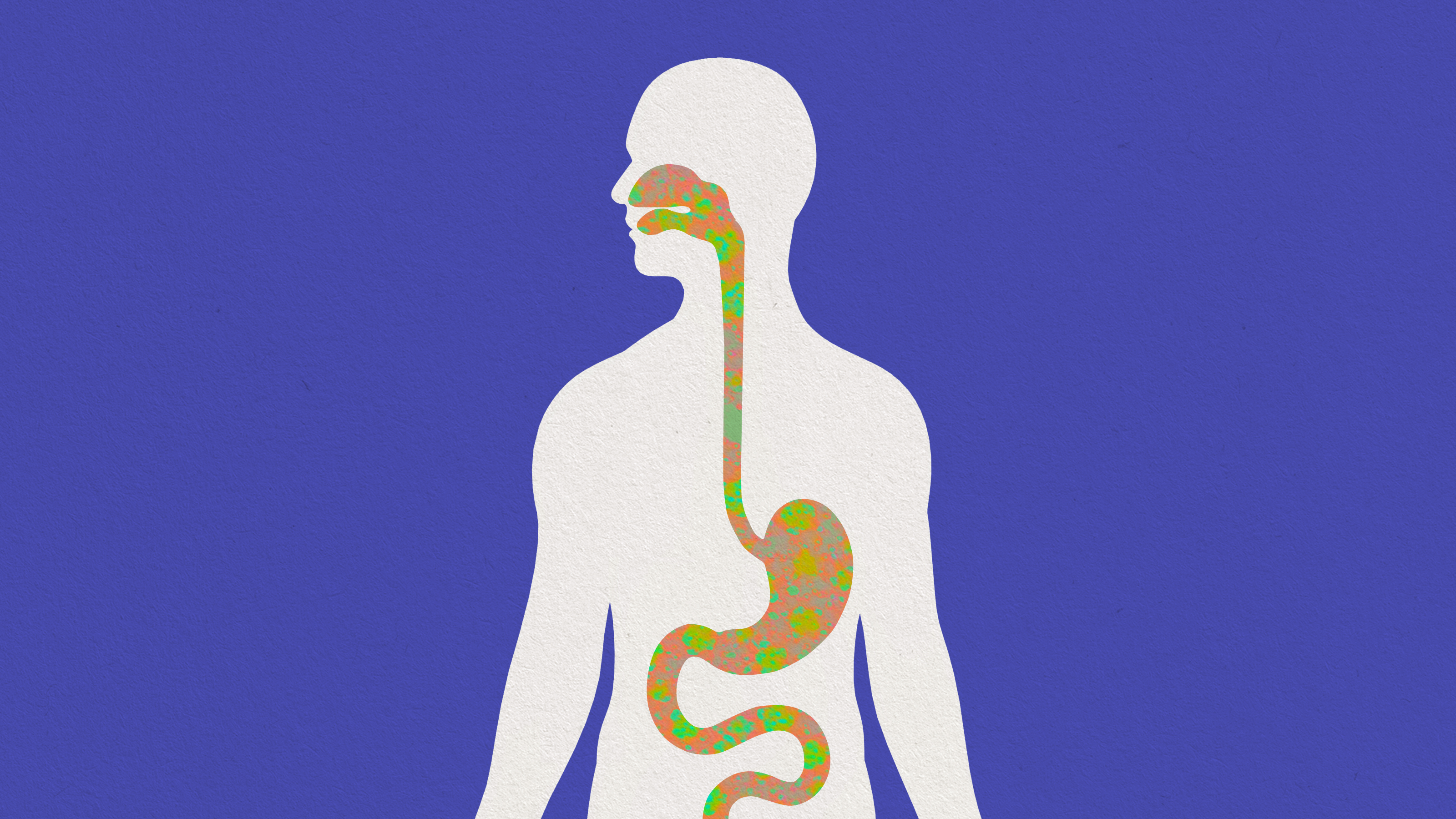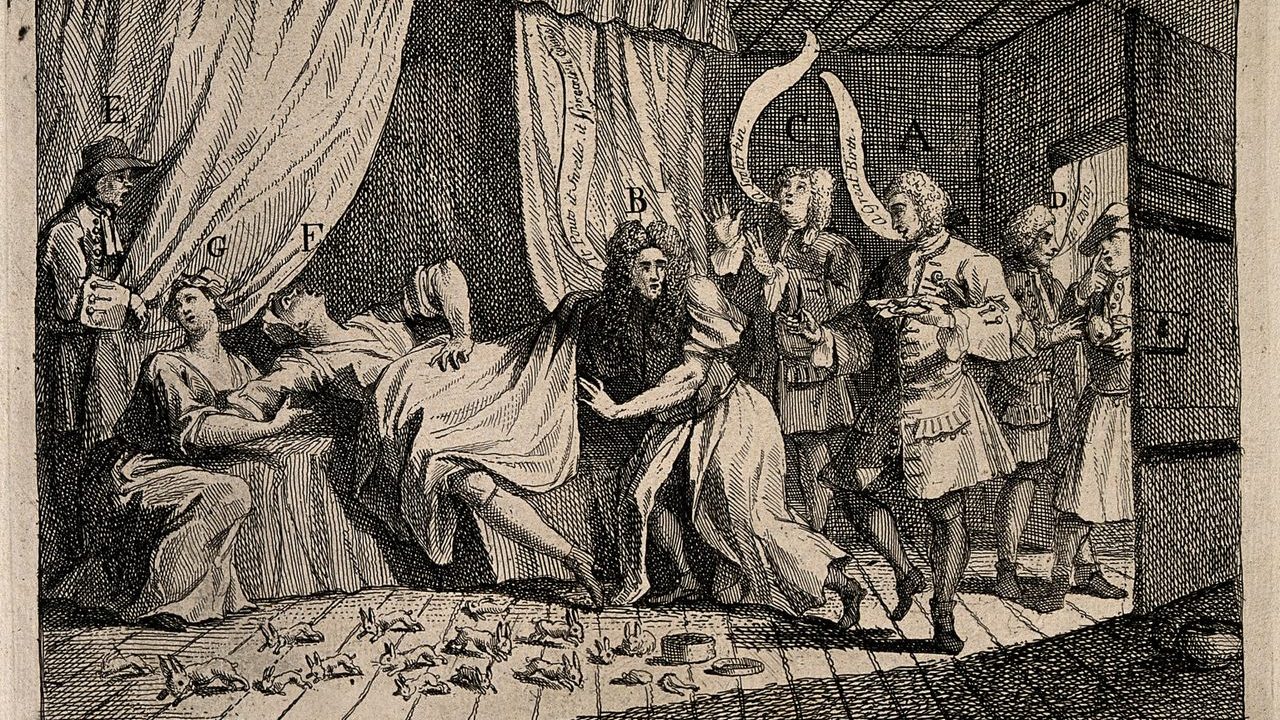Autopsies of COVID-19 patients reveal surprising effects of heart damage

Photo by Pedro Vilela/Getty Images
- LSU Health New Orleans pathologists conducted autopsies on 22 patients that died of the novel coronavirus.
- The team discovered that damage is not typical inflammation of the heart, as is common with myocarditis.
- These research findings could have implications in treating COVID-19.
Science is not an infallible truth waiting to be discovered, but the process of acquiring knowledge through experimentation, observation, and confirmation. The fact that science—in the case of the novel coronavirus pandemic, medicine—is beholden to the whims of breaking news cycles sets us back. Medicine should be not be politicized, but we can’t escape who we are.
We can become better, however, which is why the scientific process is valuable. A novel virus is just that: “new or unusual in an interesting way.” COVID-19 is new, and while we’ve labeled it a respiratory virus, researchers recognize there’s more going on. A lot more.
Take this new Research Letter on a series of 22 autopsies focused on heart damage caused by COVID-19. Conducted by LSU Health New Orleans pathologists and published in the journal, “Circulation,” the researchers discovered that the heart damage is not typical inflammation, as is common with myocarditis.
Instead, the pathologists found a unique pattern of cell death in a number of heart muscle cells. This pattern differs from the first SARS coronavirus. Richard Vander Heide, professor and director of Pathology Research at LSU Health New Orleans School of Medicine and corresponding author of the Research Letter, says that while COVID-19 is similar to SARS in some ways, their findings reveal important distinctions that could affect future treatments.

Medical staff members wearing personal protective equipment (PPE) walks near a patient at Parque dos Atletas (Athlete’s Village) field hospital amidst the coronavirus (COVID-19) pandemic on June 8, 2020 in Rio de Janeiro, Brazil.Photo by Buda Mendes/Getty Images
An earlier report by the team found that patents suffered from diffuse alveolar damage, which affects “the small airspaces of the lung where gas exchange occurs.” Blood clots and bleeding in blood vessels in the lungs, alongside severely enlarged right ventricles, were the major causes of death.
The age range of the patients was 44 to 79, with a median age of 68.5. Ten male and a dozen female patients were autopsied, 19 of whom were African-American. All suffered from pre-existing conditions: 18 had hypertension; nine were obese; half suffered from type 2 diabetes; and four had chronic kidney disease. While 18 of these patients were intubated, all died of respiratory failure.
The exact mechanism of cardiac injury from COVID-19 remains unknown. As the team writes in the Research Letter, these autopsies are providing insight into that process.
“Given that inflammatory cells can pass through the heart without being present in the tissue proper, a role for cytokine-induced endothelial damage cannot be ruled out.”
Members of the LSU team are not the only researchers to discover viral infection of the endothelium, which might be the trigger for the cytokine storm.
Until the development of a vaccine, which may be some time off (and may never happen), or until more successful treatments are discovered, we’ll have to settle for incremental knowledge. Like COVID-19 itself, the research process is not beholden to a news cycle, but we can be thankful for small gains in our understanding of this virus.
—
Stay in touch with Derek on Twitter, Facebook and Substack. His next book is “Hero’s Dose: The Case For Psychedelics in Ritual and Therapy.”





